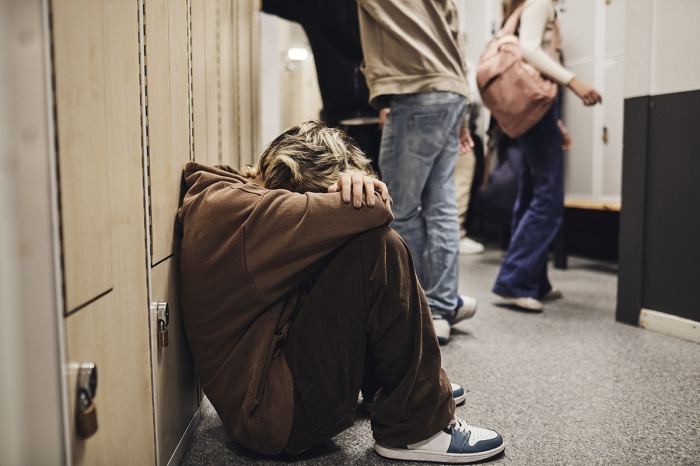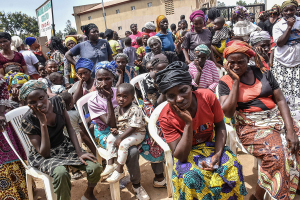10% of high school students attempted suicide in 2021; more than half of girls sad or hopeless: CDC

Poor mental health and suicidal ideation and attempts have increased among high school students over the last decade, according to the Centers for Disease Control and Prevention, and more than half of girls struggle with “persistent feelings of sadness or hopelessness.”
The CDC's findings are reflected in the latest Youth Risk Behavior Survey prepared by the health agency's Division of Adolescent and School Health. The report highlights trends in adolescent health and well-being using data collected every two years among a nationally representative sample of U.S. high school students.
“Nearly all indicators of poor mental health and suicidal thoughts and behaviors increased from 2011 to 2021. The percentage of students who experienced persistent feelings of sadness or hopelessness, seriously considered attempting suicide, made a suicide plan, and attempted suicide increased,” the report says. “The percentage of students who were injured in a suicide attempt did not change.”
In 2021, the report says, “some 42% of high school students felt so sad or hopeless almost every day for at least two weeks in a row that they stopped doing their usual activities.”
Nearly 60% of female students were found to be more likely to experience these feelings, followed by Hispanic and multiracial students who were more likely than Asian, black and white students to harbor these feelings.
The report added that nearly 70% of LGBT-identified students or students involved in same-sex relationships reported feelings of sadness or hopelessness, making them the most at-risk category of students.
Researchers found that the percentage of female students who seriously considered attempting suicide, made a suicide plan, and attempted suicide also increased. Some 10% of female students attempted suicide even though, for example, only 3% of students overall attempted suicide in 2021.
“In 2021, 3% of high school students made a suicide attempt that resulted in an injury, poisoning, or overdose that had to be treated by a doctor or nurse during the past year. Female students were more likely than male students to be injured in a suicide attempt. American Indian or Alaska Native students were less likely than students from most other racial and ethnic groups to be injured in a suicide attempt. Black and Hispanic students were more likely than Asian and white students to be injured in a suicide attempt,” the report says.
Increased percentages of suicide attempts were found in black and white students but decreased for Asian students. There was no change registered for Hispanic and multiracial students.
While the report sounds the alarm on poor mental health among high school students, researchers also highlighted a number of factors to help improve the situation.
“School connectedness, which is the feeling among adolescents that people at their school care about them, their well-being, and success, has long-lasting protective effects for adolescents. Youth who feel connected at school are less likely to experience risks related to substance use, mental health, violence, and sexual behavior,” the report explains. “School connectedness also protects against the co-occurrence of these risks.”
Researchers measured school connectedness by asking whether students felt close to people at their school.
Parental monitoring was also identified as another “important protective factor for adolescents.”
“High parental monitoring, defined as parents or other adults in a student’s family most of the time or always knowing where they were going or who they would be with, is associated with decreased sexual risk, substance use, experiences of violence, and suicidal thoughts and behaviors,” the report says.
Housing stability was also highlighted as a factor impacting student health.
“Housing stability is one important social determinant of health,” the report notes. “Youth who are unstably housed are more likely than their stably housed peers to experience violence, use substances, and have higher rates of poor mental health.”
Contact: leonardo.blair@christianpost.com Follow Leonardo Blair on Twitter: @leoblair Follow Leonardo Blair on Facebook: LeoBlairChristianPost





























